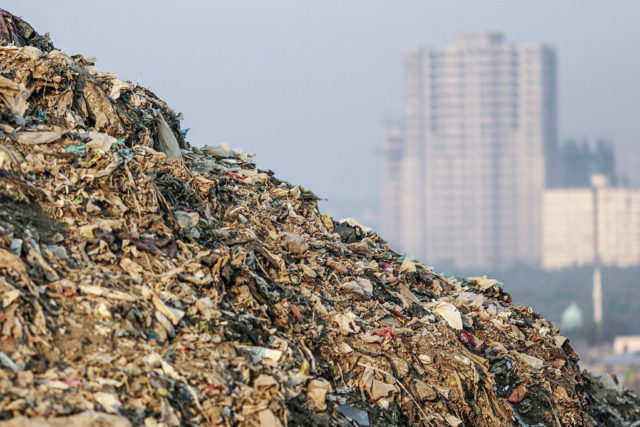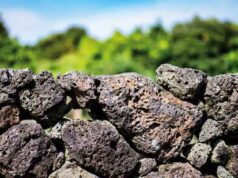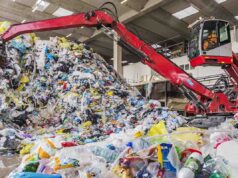In this second and last part of a series on the potential of renewable energy as a tool for environmental conservation, NATHAN KIWERE examines the role of sustainable biomass energy.
Biomass energy is generated from organic material –wood pellets, grass clippings and even cow dung. Crops such as sugarcane can also be used to create biofuels.
And because plant matter can be regrown, it is a renewable source of energy. Biomass is sustainable, renewable and is a low-carbon option. Mankind has used biomass energy since the earliest men first made fire from wood to cook or keep warm.
Today, biomass is used to fuel electric generators and other machinery. Biomass energy production has grown in leaps and bounds for various purposes. One of the common examples of biomass fuels used in Uganda is landfill gas and biogas.
In this method, sewage or agricultural waste is put into high-temperature digesters so that it rots quickly. The gas is then captured and used as fuel.
Biomass use in Uganda
According to the Ministry of Energy and Mineral Development Strategic Investment Plan 2014/15 – 2018/19, biomass is still the most important source of energy for the majority of the Ugandan population.
About 90 per cent of the total primary energy consumption is generated through biomass: firewood (78.6 per cent), charcoal (5.6 per cent) and crop residues (4.7 per cent). Electricity is contributing only 1.4 per cent to the national energy balance while oil products, which are mainly used for vehicles and thermal power plants, account for the remaining 9.7 per cent.
But with the continued heavy dependence on wood fuels, Uganda’s biomass energy potential is soon reaching breaking point, unless something drastic is done. Land is becoming scarce and households prefer to use it for food crops rather than tree planting.
The same strategic investment plan quoted above indicates that since 1990, Uganda’s forested area decreased from 49,240 km2 to 29,880 km2. This means that from 1990 until 2010, more than 19,360 km2, equaling 39 per cent of the existing forest, disappeared.
Currently approximately 90,000 hectares (900 km2) of forest cover are lost annually, which leads to fuel wood scarcity in rural areas and increasing price levels of charcoal and fuel wood. Biomass is quite easy to be applied in Uganda, if only people were more aware about its potential.
For instance, human and animal waste is always available, especially in farming communities. Pit latrines are, by far, the most commonly used sanitation methods for disposal of human waste in both rural and urban areas.
The sheer amount of garbage in urban areas such as Kampala is a great fodder for anyone who would wish to use biomass energy even at a commercial level.
Global trends
According to Ovo Energy, a US-based renewable energy giant, currently biomass energy represents at least 10 per cent of the global energy supply, with 70 per cent of electricity produced from biomass coming from Europe and North America. This is because large, sustainable forests can support a constant supply of wood pellets.
And more recently, biomass energy is being adopted in Asia and Africa, where decentralised biomass plants provide electricity to communities who aren’t connected to a national power grid.
Existing biomass plants in India, Kenya, Mauritius and Ethiopia are already proving successful by co-generating power with agricultural waste. Countries like Brazil are gradually freeing themselves from oil by increasing their blending of biofuels in the transportation sector.
Profiting from waste
Uganda can emulate these countries and turn the waste disposal nightmare into profit. For instance, according to the Kampala Capital City Authority website, it is estimated that the per capita generation of garbage is one kilogram per day.
With a population of about 1.5 million, this translates into about 1,500 tonnes of rubbish. The council can only manage to dispose of at most 50 per cent of this. At least 80 of this garbage is organic matter, which makes it very bulky to handle.
There is need to come up with innovative means to supplement power in such a manner that will also help to preserve the environment. As the landfills are likely to overflow due to the Christmas eating excesses, let us think carefully about what we can do to make productive use of the massive waste that will result from this season and how we can leverage it for sustainable renewable energy.






















